Top speed 241 km/h Length 9.19 m Manufacturer Heston Aircraft Company | Wingspan 12 m First flight August 18, 1935 | |
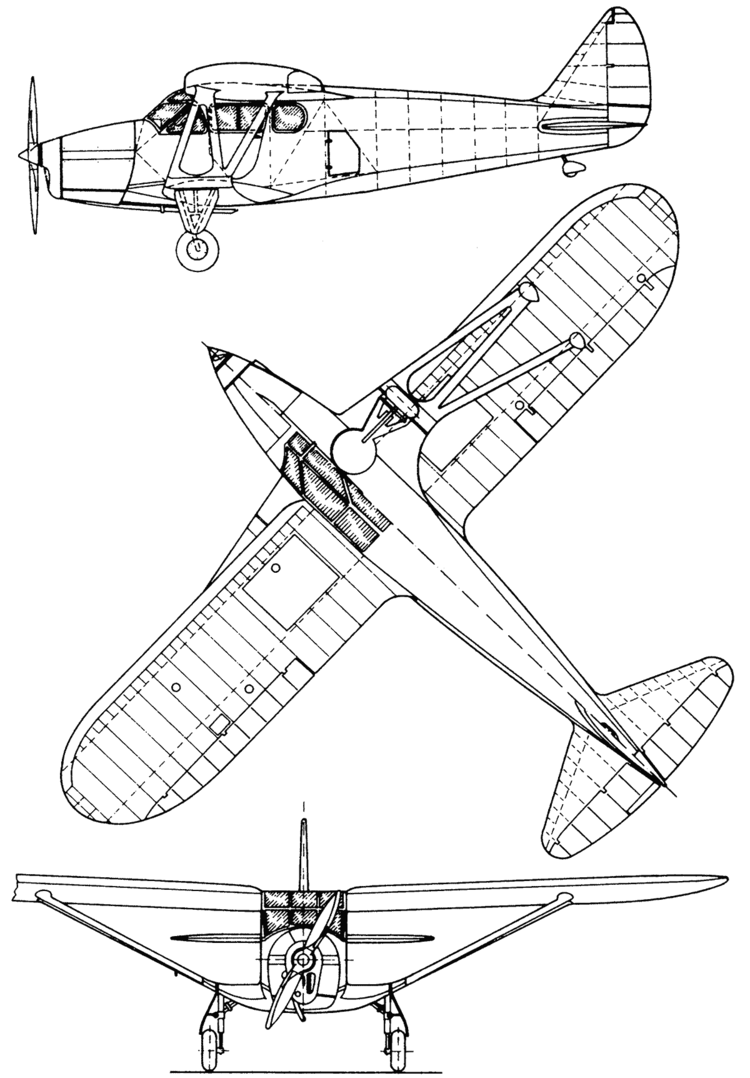 | ||
Heston phoenix rc retracts
The Heston Type 1 Phoenix was a 1930s British single-engined five-seat light transport monoplane built by the Heston Aircraft Company Limited.
Contents
- Heston phoenix rc retracts
- Design and development
- Operational history
- Variants
- Aircraft
- Operators
- Specifications Phoenix II
- References
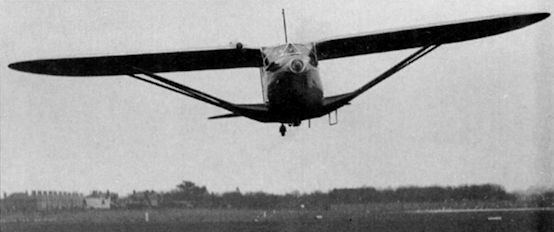
Design and development
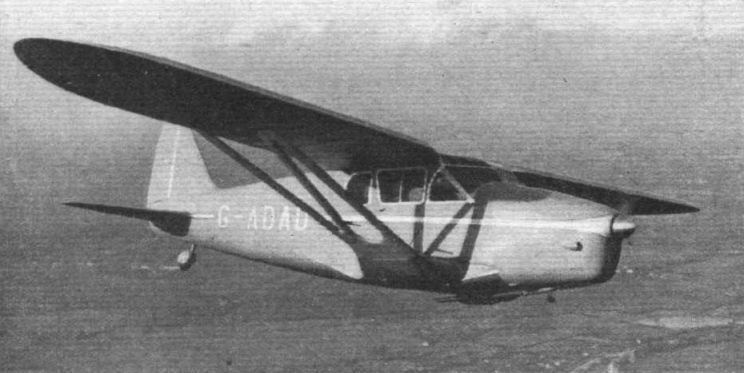
The Type 1 Phoenix was the first design of the Heston Aircraft Company formed in 1934. The Phoenix was a single-engined high-wing monoplane, with a wood monocoque fuselage and wood-framed wing with plywood and fabric covering. It was powered by a 200 hp (149 kW) de Havilland Gipsy VI engine, and had a retractable main undercarriage in stub-wings plus a faired tailwheel. It was the first British high-wing monoplane fitted with a hydraulically operated retractable undercarriage.
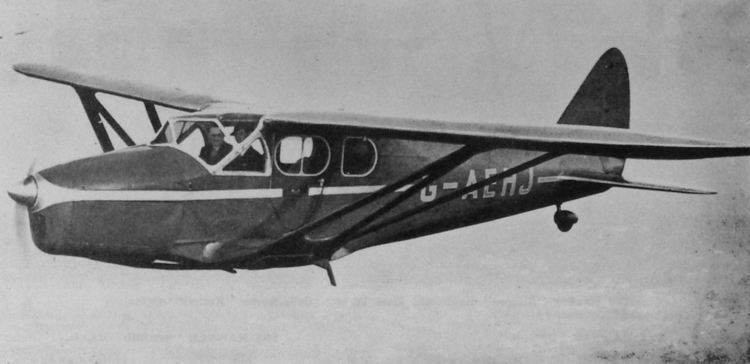
The prototype Phoenix, registered G-ADAD, first flew at Heston Aerodrome on 18 August 1935, piloted by Edmund G. Hordern.
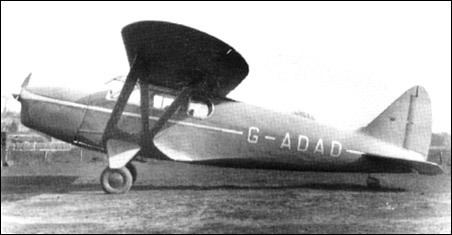
The fourth, fifth and sixth aircraft were designated Phoenix II, and were each fitted with an improved 205 hp (153 kW) de Havilland Gipsy VI Series II engine and a de Havilland constant speed propeller.
Operational history
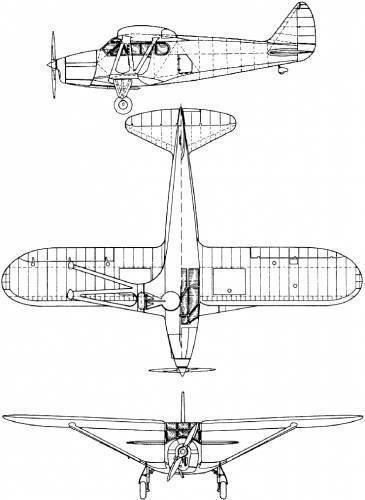
The one Australian aircraft crashed shortly after delivery, killing its owner Jimmy Melrose, but four British aircraft were used by private owners and for charter flying. At the outbreak of the Second World War, three surviving aircraft in the UK were impressed into service by the Royal Air Force.
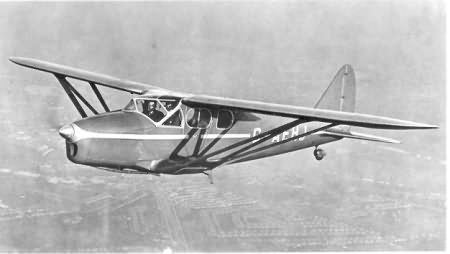
Phoenix II G-AESV survived military service to be sold for renewed civilian use in 1946 and was used for joyriding and charter flights until it crashed in the French Alps in April 1952.
Variants
Aircraft
Operators
Specifications (Phoenix II)
Data from Jackson, 1988
General characteristics
Performance
